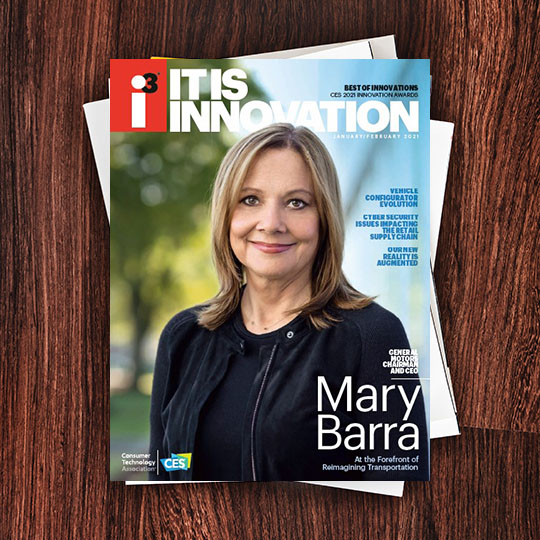With immediate connectivity, real-time data will become the driver for innovative disruption. 5G will enable industries to push digital transformation using connected intelligence along with the development of new business and revenue models.
A more robust communications backbone will improve efficiencies, productivity and life-saving responsiveness:
New consumer devices are being developed including the recent launch of Apple’s 5G smartphones — considered a watershed moment aligned with a unified ecosystem.
Given economic slowdowns resulting from the pandemic as well as the gargantuan investments needed for 5G build-out, companies are restructuring their business strategy to increased collaboration even among former competitors.
U.S. policy plays a major role in advancing 5G at an accelerated pace. Spectrum, security and privacy are at the fore — along with infrastructure policy often through state and local leadership. Federal Communications Commission (FCC) chairman Ajit Pai recently said the government was moving quickly to issue more spectrum in the mid-band range with plans to auction an additional 100MHz from 3.45GHz to 3.55GHz in 2021.
Policy initiatives, public-private cooperation and network investment, app development, and new devices across a range of price points are central to 5G’s growth. These interrelationships are propelling North America as a leader on the worldwide stage with 5G connections expected to surpass 100 million in 2022. North America will be the first region to have more than half of the world’s 5G connections or a total of about 426 million mobile connections by 2025, according to GSMA.
There is an imperative to make basic broadband available and affordable for all, and to overcome adoption challenges such as digital literacy and app accessibility. What we do now will help to ensure a more equitable 5G future where transformative tech advancements will empower a more connected world.

I3, the flagship magazine from the Consumer Technology Association (CTA)®, focuses on innovation in technology, policy and business as well as the entrepreneurs, industry leaders and startups that grow the consumer technology industry. Subscriptions to i3 are available free to qualified participants in the consumer electronics industry.